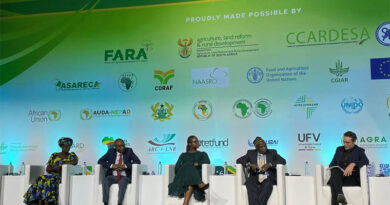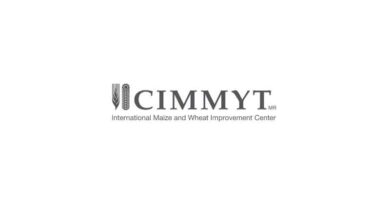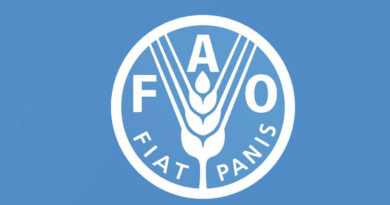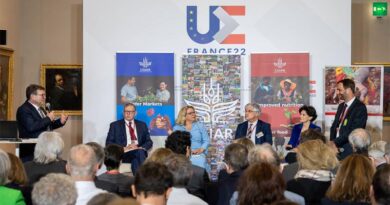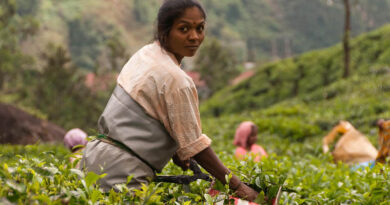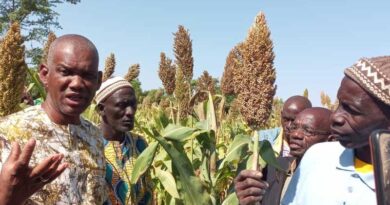Research local: co-creation generates novel options to tackle global problems
04 August 2023, Africa: The United Nations Sustainable Development Goals (SDG) are broad mandates for transitioning to fair and sustainable agrifood systems. However, because of their global view, they often operate at a scale not clearly seen or understood by local stakeholders.
New research led by the International Maize and Wheat Improvement Center (CIMMYT) scientists offers participatory action research (PAR) as a potential bridge between the macro scope of the SDGs and the needs and desires of local communities.
The article, Participatory action research generates knowledge for Sustainable Development Goals, published in the June 2023 issue of Frontiers in Ecology and the Environment, examines two decades of participatory action research activities in Malawi, a highly rural society dependent on rainfed agriculture.
“Participatory research is known for giving voice to farmers, for accelerating adaptation and for impact,” said lead author Sieglinde Snapp, director of the Sustainable Agrifood Systems program at CIMMYT. “What is novel in this study is that new discoveries were documented, showing the scientific contributions possible through PAR.”
Co-creation
Participatory action research is a knowledge generation process, characterized by a series of steps to facilitate improved understanding and development of innovations, within a local context. The PAR approach involves engaging stakeholders, to co-create solutions with researchers.
Because knowledge is often local, access to natural resources is highly heterogeneous, climate variability is unpredictable and socioeconomic circumstances are context-dependent, any intervention must be flexible and locally specific to ensure sustainability.
PAR prioritizes empowerment of marginalized communities to build long-term partnerships which support transformational changes at local, regional and national levels.
Yet the evidence base for PAR methodology remains fragmented and is often inaccessible.
“This is the first paper that shows how action research produces new knowledge through a systematic, iterative process that derived ‘middle ways’, such as shrubby food crops as a farmers preferred form of agroforestry,” said Snapp.
Solving wicked problems
Participatory research is well-suited to address conflicts and trade-offs that are key aspects of so-called wicked problems. For instance, annual crops—maize and soybean—are excellent producers of food but feature limited aboveground vegetation and belowground activity to regenerate soil nutrients, while perennials provide soil regeneration services but no food products.
By engaging closely with local stakeholders, PAR identifies “goldilocks options,” or middle ways, such as semi-perennial shrubs and vines that produce food while also promoting soil health.
Genetic and agronomic improvement efforts have almost entirely overlooked semi-perennial plant types to address food–soil trade-offs.
Challenges
Building relationships between researchers and stakeholders; the investment required in selecting representative sites, action learning activities, synthesis of findings, communication and documentation; and the inherent variability of research conducted under real-world conditions are barriers to establishing PAR systems. Living laboratories and education on PAR approaches need investment. Reward structures may need to shift, with greater attention to considering research impact on SDGs and awareness that time lags may occur in publishing scientific findings through PAR.
“Our findings detailing the efficacy of PAR shows that the potentially high upfront costs to invest in relationship building and learning across disciplines, this is a worthwhile trade-off,” said Snapp.
Through PAR, human condition and social-science questions can be addressed, along with biological and environmental science questions, as illustrated in this Malawian case study.
The findings generated by PAR have relevance beyond the sub-Saharan Africa context because they provide new insights into the development of nature-based solutions that meet local needs, a critical requirement for rural communities in many parts of the globe.
Also Read: The rise of India’s population and the rise of the technologies to feed it
(For Latest Agriculture News & Updates, follow Krishak Jagat on Google News)



